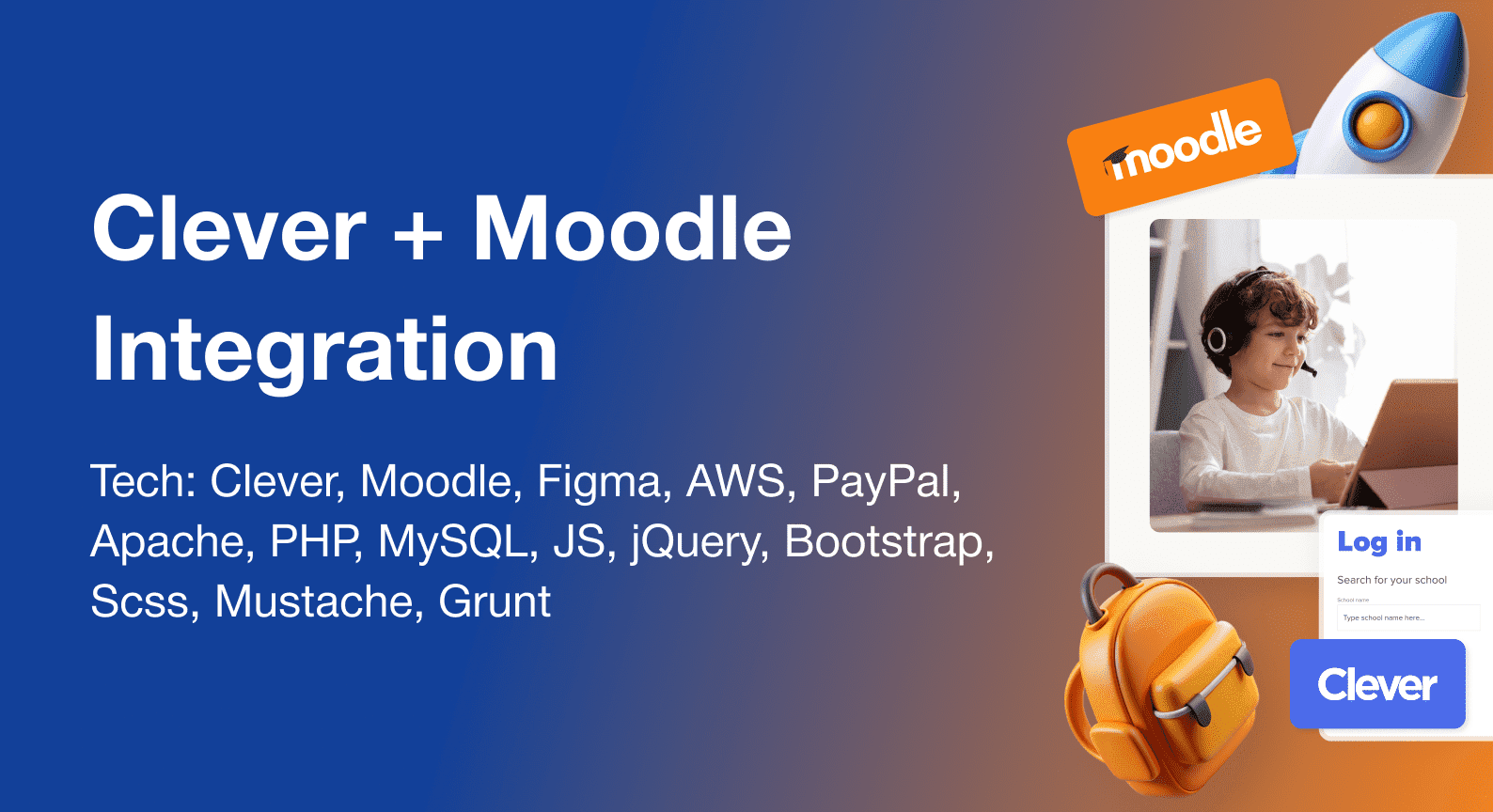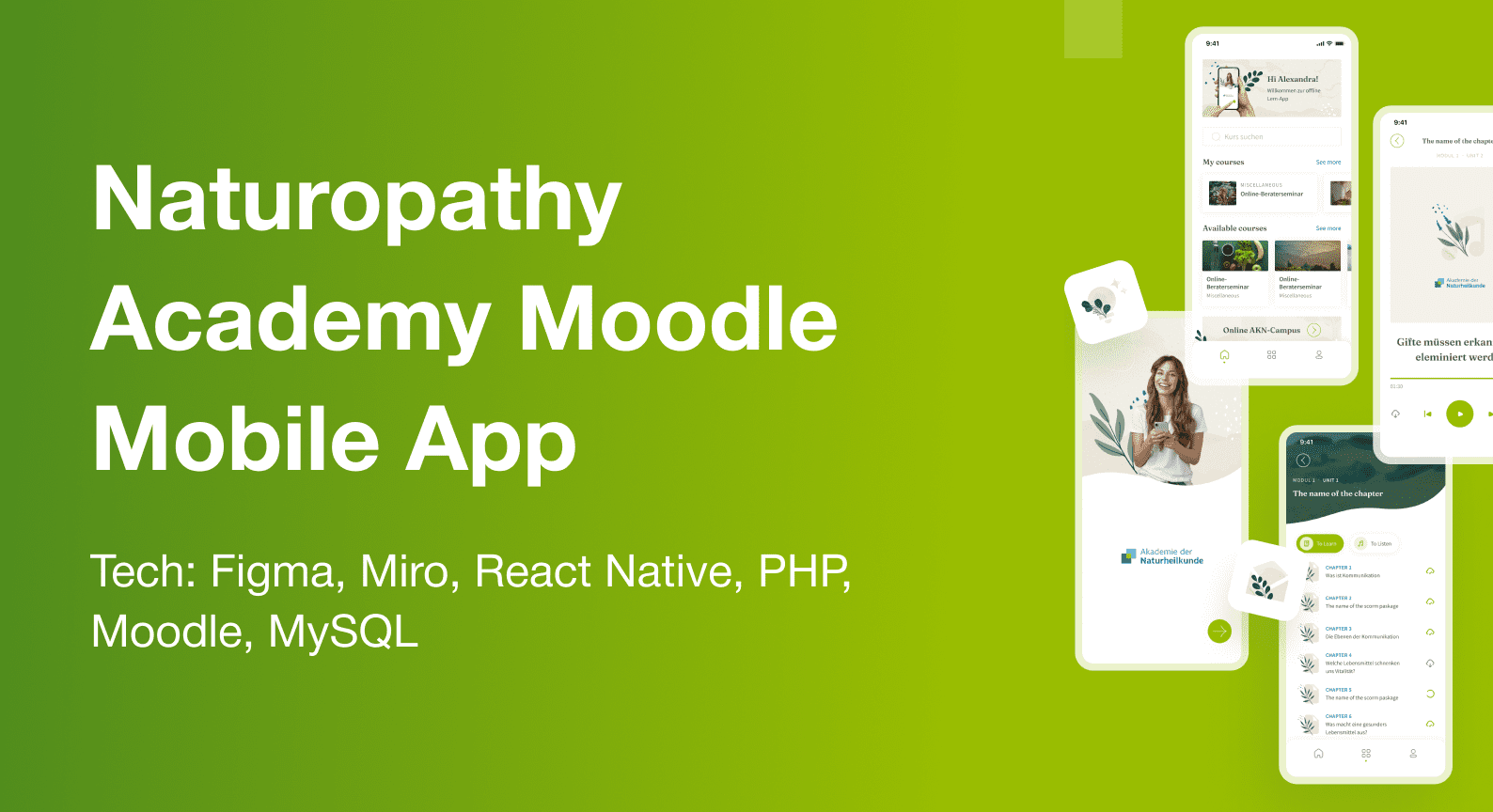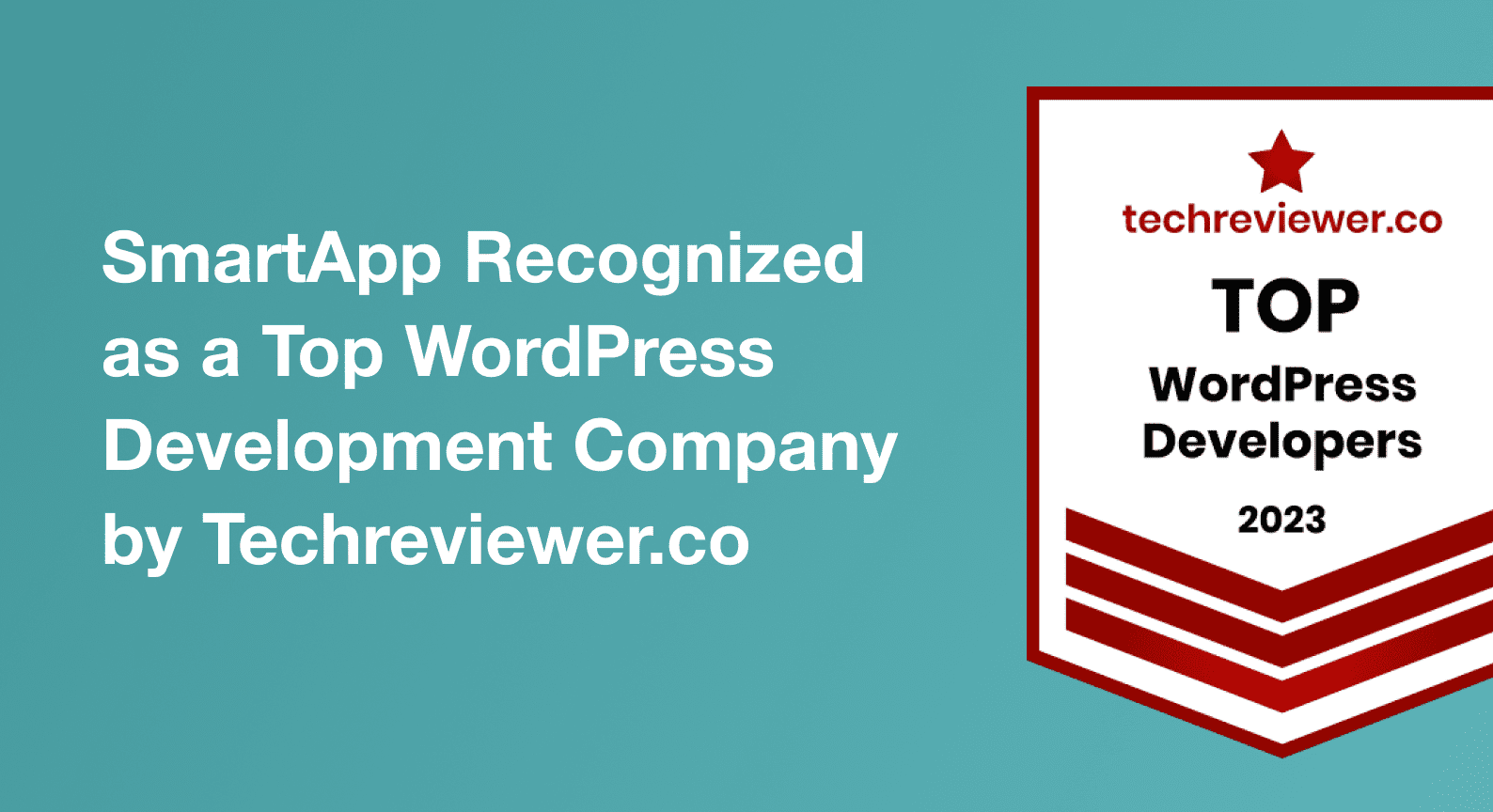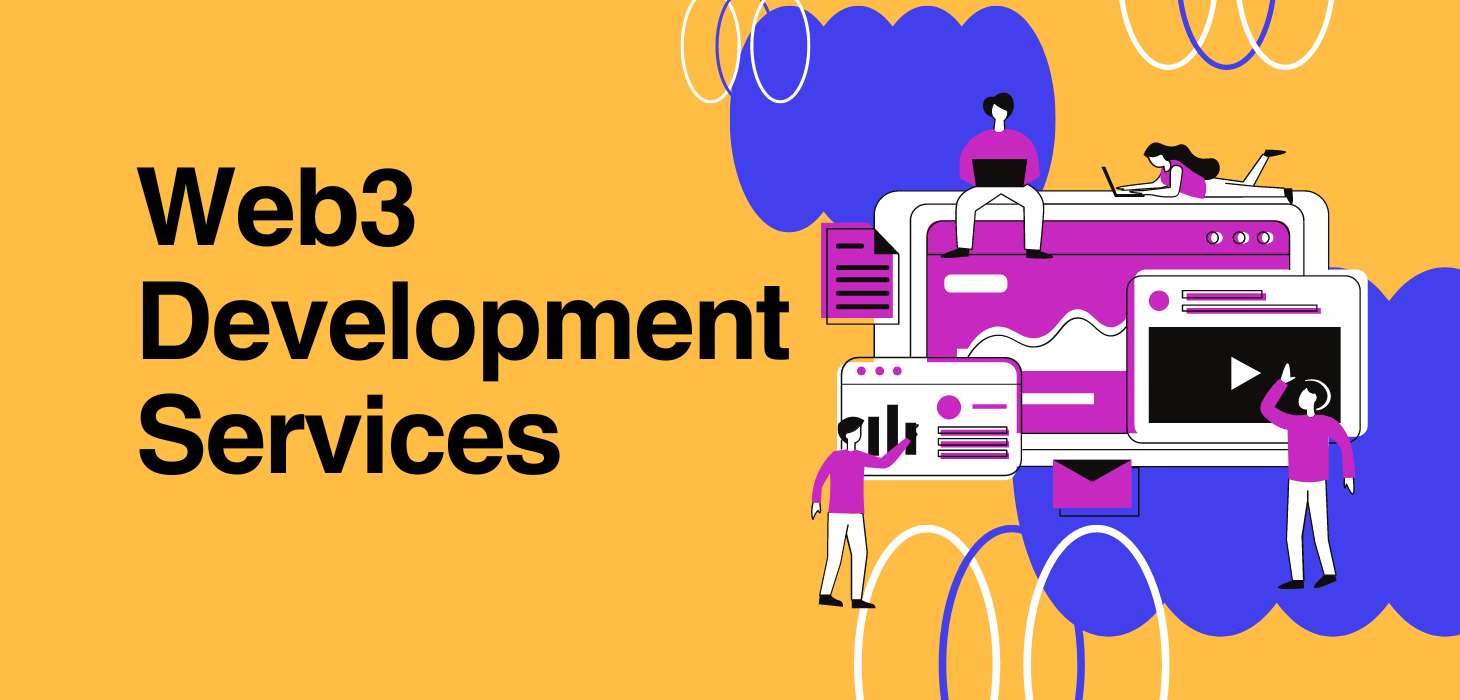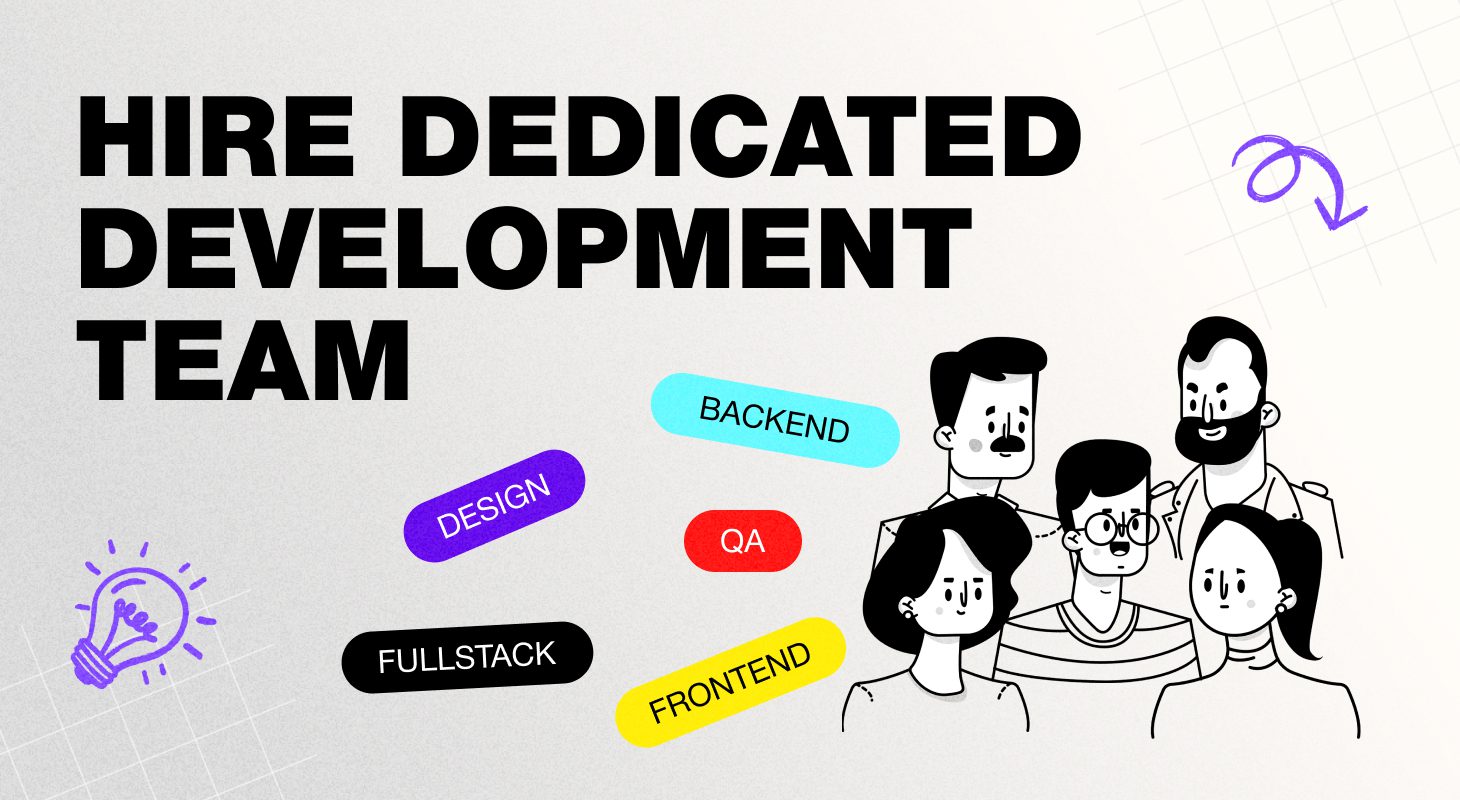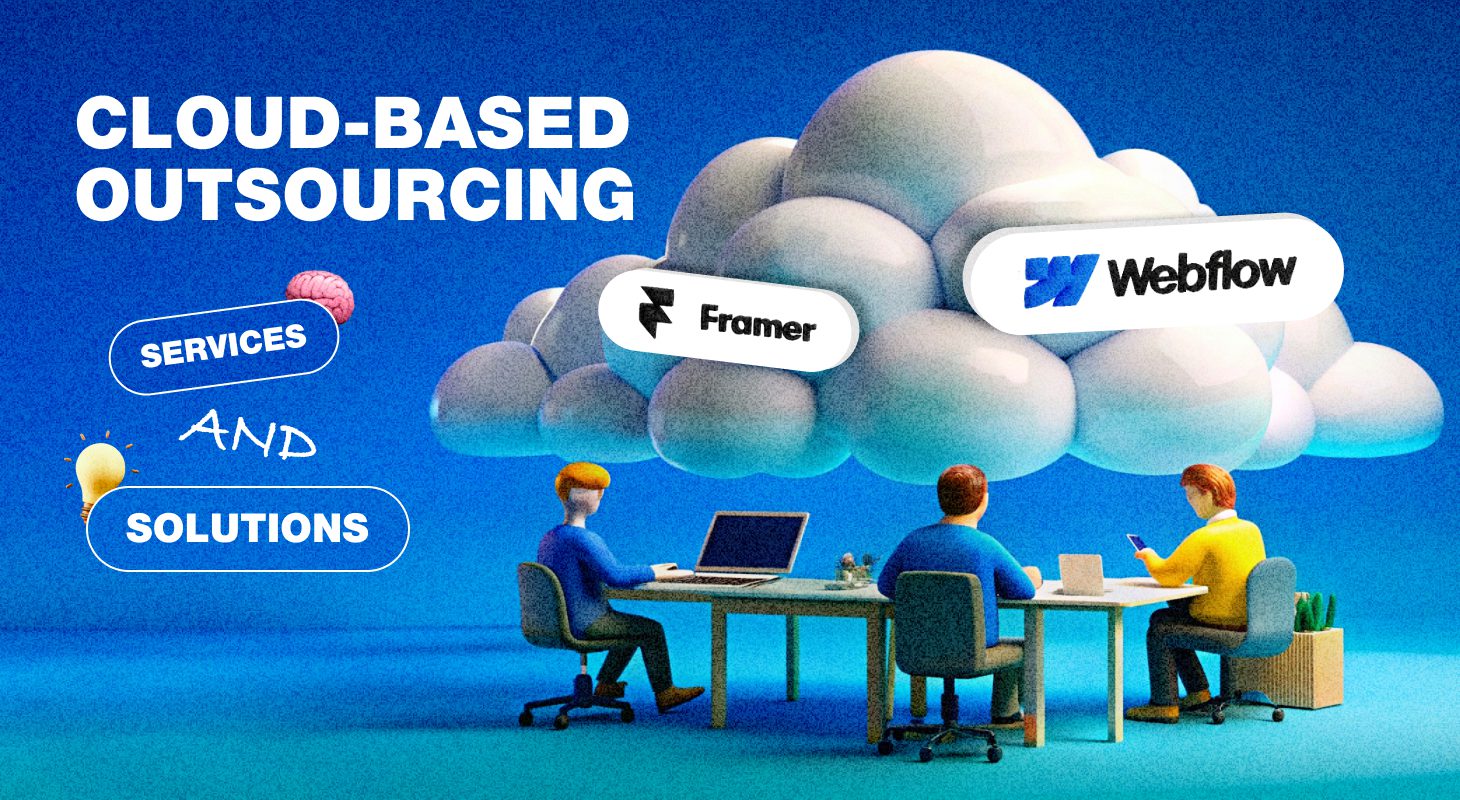Guide to dApp Development Services: Cost and Trends
Sep 11, 2024
22 min read

Sergei Porfenovich
CTO, Co-founder
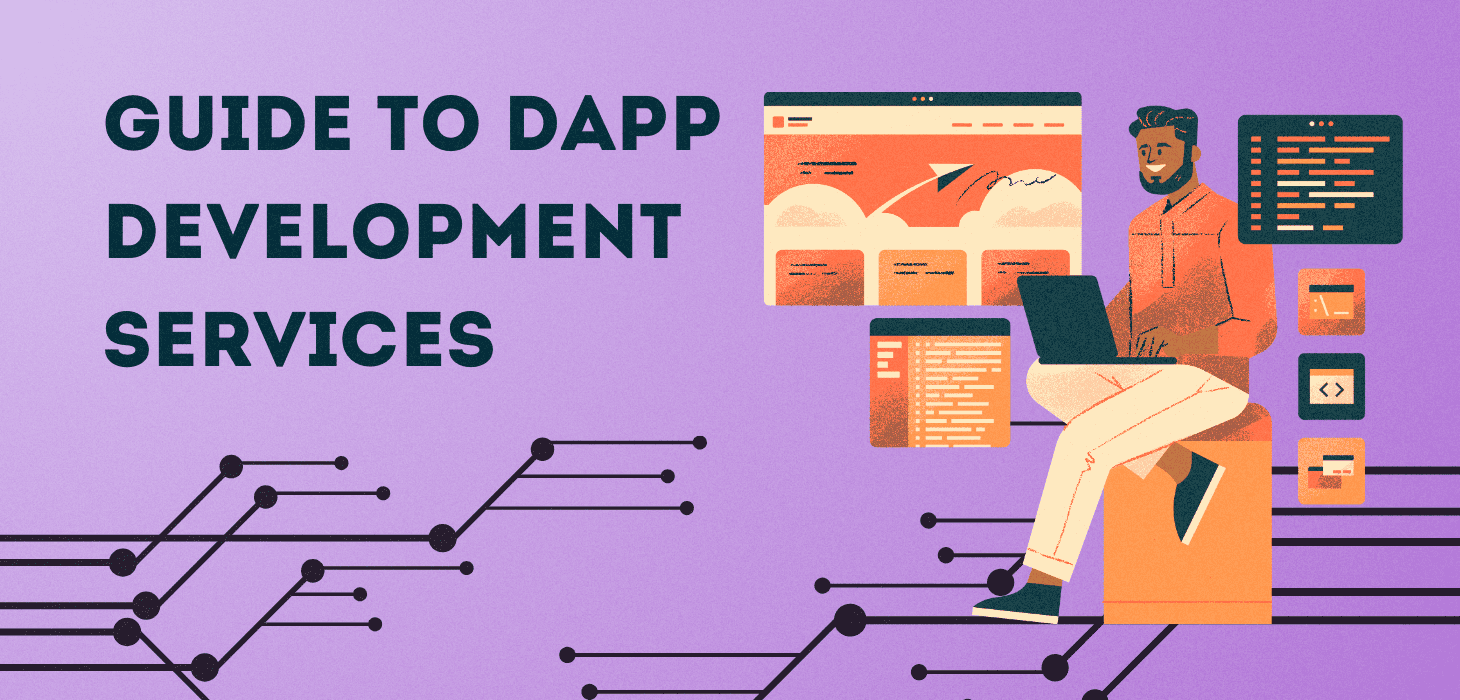
The dApp industry is currently experiencing a significant surge, marked by an impressive 15.9 million daily Unique Active Wallets (UAW). This upward trajectory highlights the growing demand for decentralized solutions across various sectors, driven by a need for transparency, security, and control over data. The performance of the dApp industry in Q2 2024 has been nothing short of remarkable, showcasing a series of positive developments that underscore the relevance and potential of these technologies.
In today’s market, investing in dApp development services is essential for staying competitive. Whether you’re in finance, supply chain, gaming, or healthcare, dApp development can provide the edge needed to navigate the future of digital innovation.
SmartApp’s expertise helps businesses to not only participate in this growing market but to lead with cutting-edge, customized solutions that align with their strategic goals.
Definition of a dApp Development
Unlike traditional apps, dApps are characterized by the open-source nature, resistance to censorship, and ability to operate autonomously through smart contracts—self-executing contracts with the terms directly written into code. This ensures that once a dApp is deployed, it functions independently, without the need for intermediaries, providing enhanced security, transparency, and reliability.
From a practical standpoint, developing a dApp involves a comprehensive understanding of blockchain protocols, smart contract development, and front-end and back-end integration. Developers must be adept at choosing the right blockchain platform—such as Ethereum, Binance Smart Chain, or Solana—based on the project, such as transaction speed and cost-effectiveness. The process typically includes defining the application’s logic, writing the smart contracts, setting up nodes for interaction with the blockchain, and creating a user interface that allows interaction with the decentralized elements.
As the dApp environment grows older, new trends appear that determine the direction and new ideas in the field. Businesses and developers need to keep up with these trends because they show how the needs and possibilities in dApp development are changing.
Trends in dApp development
The dApp development in 2024 is marked by several notable trends that are shaping the future of this technology:
Cross-chain interoperability
With the proliferation of multiple blockchain networks, there is a growing demand for dApps that can operate across various chains, enhancing functionality and accessibility. Cross-chain solutions and interoperability protocols are becoming essential, allowing dApps to seamlessly interact with multiple blockchains, thus expanding their reach and utility.
Focus on UX
As dApps move beyond early adopters to a broader audience, there is a strong emphasis on improving user interfaces and overall user experience. Simplifying interactions, reducing transaction times, and providing clear guidance within the dApp is crucial for attracting and retaining users who may not be familiar with blockchain technology.
DeFi and GameFi integration
Decentralized Finance (DeFi) and GameFi (gaming finance) are driving significant growth in the dApp ecosystem. Innovations in yield farming, staking, and NFT integration within gaming platforms are attracting a diverse range of users. Developers are increasingly incorporating financial incentives and gamification elements into dApps, making them more engaging and rewarding.
Enhanced security protocols
With the rise in cyber threats, security continues to be a top priority. Trends include the adoption of advanced cryptographic methods, zero-knowledge proofs, and continuous smart contract auditing to mitigate risks and build trust among users.
Sustainability and green dApps
As environmental concerns grow, there is a push towards developing more energy-efficient dApps. This includes exploring alternative consensus mechanisms like Proof of Stake (PoS) and integrating carbon offset measures to make blockchain technology more sustainable.
As companies look to add dApps to their operations, they need to know about these trends to make choices that meet the needs of the market now and in the future.
How Much Does It Cost to Build a dApp?
In 2024, the costs of building a dApp rely on a number of factors, such as how complicated the project is, the technology stack that is used, the level of security that is needed, the quality of the design, and the features that are added.
The cost of hiring dApp developers is a significant part of the overall budget and varies widely based on geographical location. The rates reflect not only the cost of living in these regions but also the concentration of specialized blockchain:
|
Region |
Average market hourly rates |
|---|---|
|
North America |
$100 – $250 per hour |
|
Western Europe |
$60 – $120 per hour |
|
CEE Region (Central and Eastern Europe) |
$40 – $80 per hour |
|
Asia |
$20 – $60 per hour |
|
South America |
$30 – $70 per hour |
|
Australia |
$80 – $150 per hour |
North America and Australia generally have the highest rates, which correspond with the high demand for expert developers. Western Europe offers a balance between cost and quality, making it an attractive option for those seeking skilled developers without the top-tier price tag.
The CEE region presents more affordable rates while maintaining a strong level of technical proficiency, making them popular choices for cost-effective development without compromising on quality.
SmartApp provides development services with an hourly rate of $35-$50. Operating in the United States, South America, and Eastern Europe, we are well-positioned to meet the needs of businesses looking for reliable and cost-effective dApp development. Our regional expertise allows us to blend local insights with global best practices, ensuring that our clients receive customized services that align with their specific market requirements.
Technology stack
The selection of blockchain platforms and tools significantly influences development. Platforms like Ethereum, Binance Smart Chain, and Solana differ in their operational characteristics, such as gas fees and available tooling, which can affect the efficiency and scalability of the dApp. Ethereum, for example, is robust and widely adopted but often faces challenges like higher transaction costs due to network congestion. Development tools such as Truffle and Hardhat play a crucial role in facilitating smart contract deployment and testing, enhancing the reliability and functionality of the dApp.
Security considerations
Ensuring the security of a dApp involves thorough audits, smart contract testing, and the implementation of security protocols like multi-signature wallets. The complexity of the dApp dictates the level of security measures needed, including audits to identify vulnerabilities and ensure safe operation within a decentralized environment. Continuous monitoring and updates are vital to defend against evolving threats, with advanced security features like zero-knowledge proofs and regular vulnerability assessments playing key roles in maintaining application integrity.
Design and user experience
From basic interfaces to custom, highly interactive designs, a well-thought-out design strategy can significantly impact user retention and satisfaction, contributing to the overall success of the dApp.
Features and functionality
The scope and complexity of a dApp’s features are central to its development. Basic functionalities such as token integration and wallet connections are foundational, while advanced features like cross-chain interoperability, complex DeFi mechanisms (such as staking and lending), and real-time data integration with oracles can add substantial value. Custom features tailored to specific industry needs are essential for delivering unique, market-leading solutions, setting the dApp apart in a competitive landscape.
At SmartApp, we understand that every project is unique, and so are its requirements. That’s why we offer personalized cost estimates tailored specifically to your needs.
Our team will work closely with you to understand your project’s scope, requirements, and goals. Based on this information, we will provide a detailed project proposal that includes a comprehensive budget and timeline estimate. Whether you have a clear vision or are just starting to explore the possibilities, contact us today for a customized cost estimate, and let us guide you through the next steps of your dApp development.
Contact us today for a personalized project estimate, including a detailed proposal with costs and timelines.
Components of dApp Development Services
SmartApp is committed to delivering end-to-end dApp development services that cater to the unique needs of businesses looking to leverage blockchain technology. Our holistic approach ensures that every aspect of the dApp development process is seamlessly integrated, from initial consultation to deployment and beyond. We outline the core components of our dApp development services below, highlighting how SmartApp adds value at each stage.
Consultation and strategy development
Every successful dApp begins with a clear and tailored strategy. At SmartApp, we start with an in-depth consultation phase where we work closely with our clients to understand their specific business needs, challenges, and objectives. This initial step is crucial as it sets the foundation for the entire development process.
- We analyze the client’s current business processes and identify where blockchain technology can add the most value. This includes evaluating the feasibility of integrating a dApp, understanding the potential return on investment, and ensuring alignment with the client’s broader business strategy.
- Based on the assessment, we develop a detailed strategy that outlines the dApp’s scope, features, and technical requirements. This strategy is customized to meet the client’s specific goals, whether they are looking to streamline operations, enhance security, or create new revenue streams. Our strategic guidance helps clients navigate the complexities of blockchain technology and sets a clear path forward.
The consultation and strategy development phase naturally leads to selecting the right technology platform.
Technology tools
The effectiveness of a dApp hinges on the tools and technologies used during its development. SmartApp employs industry-leading tools to ensure that dApps are not only functional but also scalable and secure.
- We use frameworks like Truffle and Hardhat for efficient smart contract development and testing. These tools provide a comprehensive suite of functionalities, from writing and compiling smart contracts to deploying and testing them in various environments.
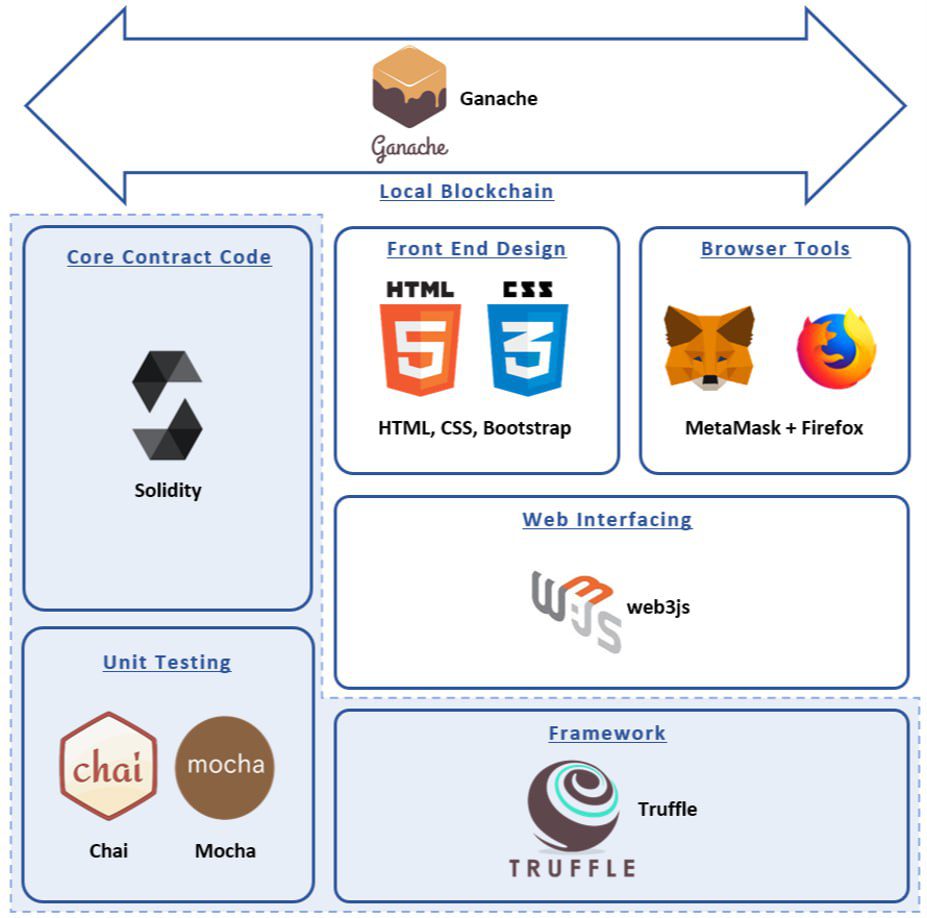
- For decentralized data storage, we leverage IPFS (InterPlanetary File System), which ensures that data is stored securely and remains accessible across the blockchain. Additionally, to connect dApps with real-world data, we utilize oracles such as Chainlink, which provide reliable and tamper-proof data feeds essential for many blockchain applications.
The right tools set the stage for the coding process, where we bring the dApp’s functionality to life through expert back-end and front-end development.
Back-end and Front-end Development Stack
SmartApp excels in using the latest technologies to build secure and decentralized applications.
|
Back-end development |
We use Solidity, Rust, and Vyper to develop the smart contracts that form the core of dApps. Solidity is the go-to language for Ethereum-based projects, known for its ease of integration with other Ethereum tools. Rust, on the other hand, is favored for Solana projects due to its performance advantages, and Vyper is used for its simplicity and security-focused syntax. |
|---|---|
|
Front-end development |
To ensure a seamless user experience, we employ modern front-end frameworks like React, Angular, and Vue.js. These technologies allow us to build responsive and intuitive user interfaces that interact smoothly with the blockchain back-end, providing users with a seamless and engaging experience. |
With the technical foundation in place, the dApp development process moves into a structured sequence of design, development, testing, and deployment, all meticulously managed by SmartApp’s experienced team.
dApp Development Process at SmartApp
Our dApp development process is a structured and iterative approach designed to deliver high-quality, functional, and secure applications.
- Requirement analysis
This phase involves a detailed exploration of the business needs, technical feasibility, and project requirements. We work closely with stakeholders to define the scope and ensure that all aspects of the dApp align with the client’s objectives. - Design
Our design team creates UI/UX designs that are tailored to enhance user engagement. We focus on intuitive design principles that make the dApp accessible to a broad audience, ensuring that the user interface is both functional and aesthetically pleasing. - Development
In this phase, we bring the dApp to life by developing smart contracts, integrating blockchain features, and coding both the front-end and back-end components. Our development practices emphasize security and performance. - Testing
Rigorous testing is conducted to ensure the dApp’s functionality, security, and performance. We use a combination of manual testing and automated tools to identify and resolve any issues, ensuring that the dApp is ready for production use. - Deployment and maintenance
Once testing is complete, we deploy the dApp on the chosen blockchain platform. Post-deployment, we provide ongoing maintenance and support to ensure that the dApp remains up-to-date, secure, and fully functional as the blockchain ecosystem evolves.
Product-focused Development Process
Our custom development process is based on agile software development principles.
Discovery and analysis
Requirements, sprint backlog, and planning
UX / UI Design
Development
Demo and release
Support and maintenance

01
Discovery and analysis
This stage sets the foundation for the entire project. The development team gathers information, analyzes the data, and determines the website’s goals and objectives.
Key Deliverables:
- Project brief
- Stakeholder interviews and surveys
- Competitor analysis report
- User journey mapping
02
Requirements, sprint backlog, and planning
The development team sets out project timelines, goals, and objectives. It allows for effective collaboration, communication, and project management between the development team and the client.
Key Deliverables:
- Requirements document
- Backlog
- Project timeline and Gantt chart
- User story map
03
UX / UI Design
On this stage our team creates a visually appealing and user-friendly interface that meets the needs and goals of the users. It involves understanding user behavior, designing intuitive user flows, and creating visually engaging interfaces.
Key Deliverables:
- Wireframes and sitemaps
- Interactive prototypes
- Style guide and design system
- Final visual designs
04
Development
This stage involves turning the design concepts and user interface specifications into functional and interactive websites. It focuses on writing code, implementing features, and ensuring the website functions seamlessly across different browsers and devices.
Key Deliverables:
- HTML/CSS templates
- Backend development
- Frontend development
- Testing and bug fixes
05
Demo and release
The team showcase the final product to stakeholders, obtain feedback, and prepare for the official release of the website.
Key Deliverables:
- Completed and fully functional website
- Performance and speed optimization
- Launch plan and deployment
06
Support and maintenance
The team focuses on providing ongoing support, updates, and maintenance to ensure the website remains functional, secure, and up to date. It involves monitoring the website, addressing user inquiries and issues, performing regular updates, and implementing necessary security measures.
Key Deliverables:
- Software and security updates
- Content updates
- Server maintenance and monitoring
- User experience improvements
To support our clients through various stages of development, SmartApp offers flexible engagement models, with a particular emphasis on our model.
Why work with SmartApp?
You name the Idea, we bring It to life! At SmartApp, we turn your vision into a reality with our expert dApp development services. Choosing SmartApp means choosing a partner who is deeply committed to delivering exceptional results, leveraging our extensive expertise and advanced technologies to build solutions that meet your unique business needs.
Why you should choose us:
- Our team consists of seasoned professionals who understand blockchain technology and are adept at navigating the challenges that come with decentralized application development.
- We believe that no two businesses are the same, which is why our development approach is highly customized.
- SmartApp maintains an open line of communication with clients throughout the development process, providing regular updates, gathering feedback, and making adjustments as needed. Our client-first approach ensures that you are always informed and in control, from start to finish.
Involvement doesn’t end at deployment. We provide comprehensive end-to-end service, including ongoing maintenance, updates, and support to keep your dApp performing optimally. Our team is always available to address any issues, implement new features, and ensure that your application remains relevant.
Let SmartApp help you bring your ideas to life and unlock the full potential of decentralized applications. Get in touch with us today to start your dApp development, and see how we can turn your vision into a market-leading solution that drives your business forward.
Tags:


